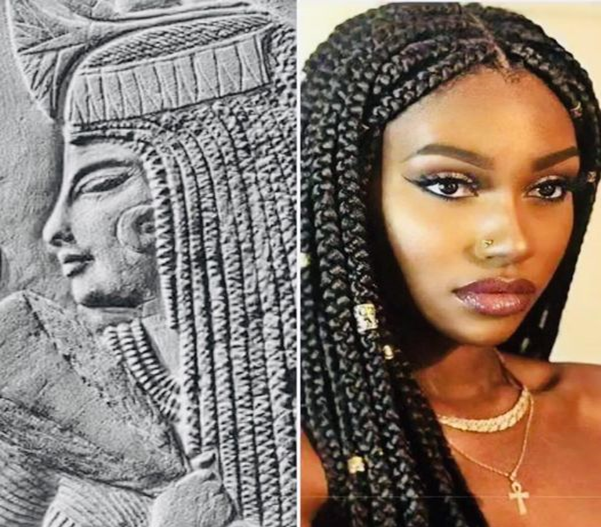FISSICOLA / Agriculture / Sport
Kemet and Kush are ancient kingdoms in Africa. Kemet, also known as Ancient Egypt, was located in the northeastern region of Africa and is known for its pyramids, hieroglyphics, and pharaohs. Kush was located south of Kemet and is known for its ironworking, gold mining, and the Meroitic script.
There is a lot of debate among scholars about the relationship between Kemet and Kush. Some believe that Kemet conquered Kush, while others believe that they were allies or even related.
Ancient Egypt experienced various foreign occupations throughout its history. Here are some of the most notable:
Hyksos occupation (1650-1550 BC): The Hyksos were a people of Semitic origin who invaded Egypt during the Second Intermediate Period. They established their own dynasty, the 15th, and ruled much of Egypt for about 100 years. Eventually, the Egyptians rebelled and managed to drive out the Hyksos.
Assyrian Occupation (671-663 BC): Egypt was briefly occupied by the Assyrian Empire during the reign of the Assyrian king Ashurbanipal. The Assyrians conquered Egypt and placed an Egyptian prince, Nechao I, on the Egyptian throne as their vassal. However, the Egyptians continued to resist Assyrian rule and eventually managed to regain their independence.
Persian Occupation (525-404 BC): The Achaemenid Persian Empire, led by ruler Cyrus the Great, conquered Egypt in 525 BC. Egypt became a province of the empire with a Persian satrap at its head. Persian rule over Egypt lasted for over a hundred years, but they encountered strong resistance from the Egyptians, particularly during the revolts led by the Egyptian pharaohs Amyrtaeus and Amynaeus.
Greek Occupation (332-30 BC): Egypt was conquered by Alexander the Great in 332 BC, marking the beginning of the Hellenistic period in Egypt. After Alexander’s death, the Ptolemaic Kingdom, a Greek dynasty led by Alexander’s generals, ruled Egypt for almost three centuries. The Ptolemies, members of the dynasty, adopted Egyptian customs and traditions to enlist the support of local Egyptians, but Greek influence remained dominant.
The Romans: In 30 BC, after the defeat of the last Ptolemaic kings, Egypt became a province of the Roman Empire. Roman rule lasted for almost 700 years, until the Arab Empire conquered Egypt in 639-641. These foreign occupations had a significant impact on ancient Egypt, bringing new cultural, political and economic influences to the country….
Egypt is the greatest civilization that humanity has ever known. Indeed, almost all our knowledge actually comes from the ancient Egyptians. One of the truths that many people still ignore or dispute is that Egypt was a black civilization. And even though much evidence of this has been erased or falsified, there are many elements and traces that bear witness to it.
In order to understand how Egypt enriched all of humanity, it is necessary to know the origins of this wonderful civilization as well as the different periods of its history. Let’s stay focused to understand everything, because the lines that follow will be useful throughout our learning about Egypt or Kemet!
In prehistoric times (pre-3200 BCE), many different African Black cultures lived in Egypt along the Nile River, and gradually became more sedentary and linked on agriculture. By the time of the Early Dynastic Period, these cultures had solidified into a single state.
The prehistory of Egypt spans from early human settlements to the beginning of the Early Dynastic Period of Egypt (c. 3100 BCE), which started with the first Pharoah Narmer (also known as Menes). It is equivalent to the Neolithic period, and is divided into cultural periods, named after locations where Egyptian settlements were found.

Kemet and Kush are two ancient African kingdoms. Kemet, also known as Ancient Egypt, was located in the northeastern region of Africa and is known for its pyramids, hieroglyphics and pharaohs. Kush was located south of Kemet and is known for its iron working, gold mining and Meroitic writing. The ancient Egyptians were skilled workers and had advanced knowledge of mathematics and engineering. They used tools such as ropes, wedges, levers and ramps to build the pyramids

